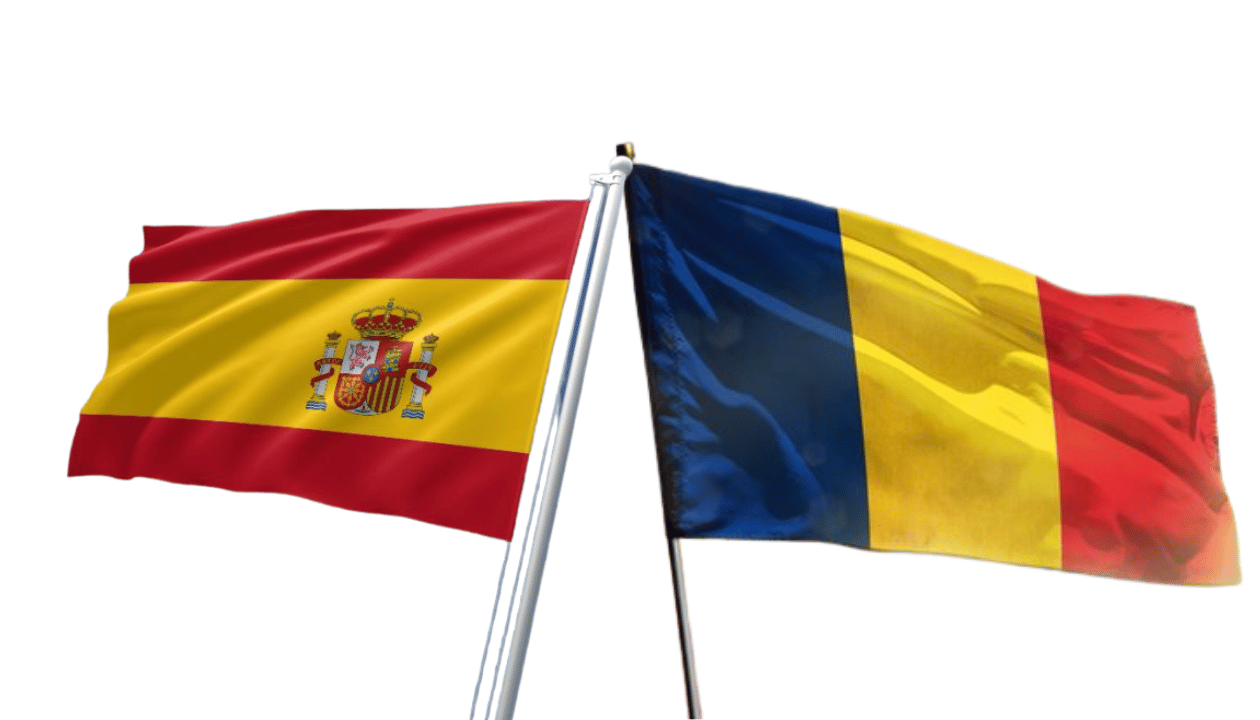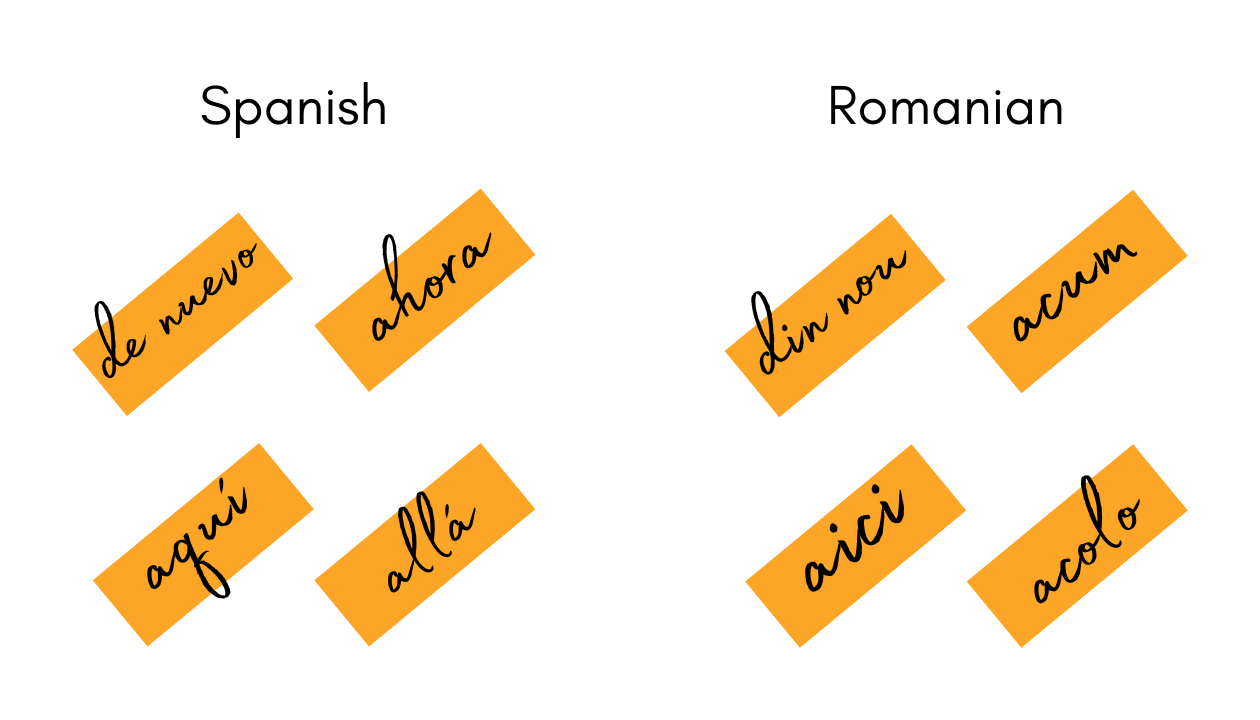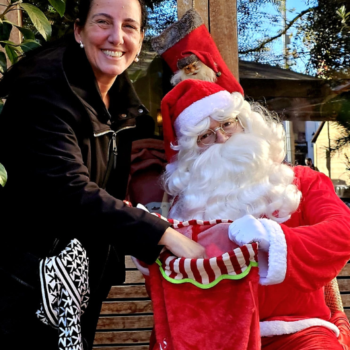

Is Romanian similar to Spanish? Let’s find out!
This guide explores the fascinating linguistic ties between Romania and Spain. Both countries share a history rich in Latin language roots.

You’ll learn how Romanian incorporates Slavic touches while Spanish absorbs elements from other languages.
This journey will show you the surprising connections and mutual words that make these languages closer than you might think.
Get ready to discover how language uniquely links cultures and histories, offering new ways to see the world!
Romania and Spain: Uncover Language Connections

Romania and Spain share a rich linguistic heritage rooted in the Latin language, which influences many words and phrases used today in both countries.
The Romanian language, which has absorbed elements from neighboring Slavic languages and Italian, shows a remarkable lexical similarity to Spanish. This connection makes learning each language easier for speakers of the other.
Interestingly, when Romanians learn Spanish, they often find familiar structures and vocabulary, such as nouns and articles that have similar forms and meanings. This is because both languages retain many Latin words.
Linguists note that these similarities are a result of the languages evolving from the same ancient tongue spoken across the Roman Empire. Such insights enrich the understanding of how deeply intertwined the cultures and languages of these two countries are.
How Romanian and Spanish Reveal Romance Language Roots

Romanian and Spanish, both derived from Latin, showcase their Romance language roots through similar vocabulary and grammar structures.
Studies highlight that these languages have preserved many Latin words, contributing to a high lexical similarity coefficient between them.
For example, the Romanian word for “mother,” mamă, and the Spanish madre both come from the Latin mater.
Romanian also shows the influence of Slavic origin on some words, yet maintains the foundational Latin base, similar to how Spanish integrates Arabic and other foreign words.
This shared origin helps linguists understand how Romance languages have evolved and split from their ancient forms into the diverse languages spoken today across many countries.
Explore the Linguistic Roots of Romanian and Spanish
Romanian and Spanish both trace their origins to Latin, sharing many similar words and grammatical structures. Over time, Romanian absorbed influences from neighboring Slavic languages and other linguistic elements due to its location in Eastern Europe.
In contrast, Spanish incorporated words from Arabic and indigenous languages across Latin America, significantly enriching its vocabulary.
These linguistic developments highlight the last impact of Latin on both languages and simplify the learning process for speakers of either language. The common Latin root not only makes them familiar but also shows how languages evolve while interacting with other cultures.
A study of these languages reveals their shared history and mutual influence, evident in the many examples of similar vocabulary and syntax they maintain today. This connection underscores the broad linguistic landscape across countries and provides valuable insights into the evolution of the Romance language family.
Key Vocabulary Similarities in Romanian and Spanish

| English | Romanian | Spanish | Latin |
| night | noapte | noche | nocte |
| friend | prieten | amigo | amicus |
| school | școală | escuela | schola |
| mother | mamă | madre | mater |
| peace | pace | paz | pax |
| heart | inimă | corazón | cor |
| star | stea | estrella | stella |
| bridge | pod | puente | pons |
| apple | măr | manzana | malum |
| name | nume | nombre | nomen |
Why Understanding Both Romanian and Spanish Enhances Cultural Competence
Learning Spanish not only boosts your employability but also positions you as a key player in international commerce and communication. Spanish is one of the six official languages of the United Nations and ranks as the third most-used language in global media.
The significance of Spanish as a vital business language across various countries, including those in Europe, cannot be understated.
Mastering Spanish can significantly enhance your confidence, potentially leading to better job prospects and a higher salary.

Moreover, achieving language proficiency through studies abroad equips you with a wide range of soft skills. These include interpersonal and management skills highly valued by employers worldwide, regardless of the industry.
The linguistic connection between the Romanian and Spanish languages, derived from their Latin roots, offers Romanian speakers a unique advantage.
The lexical similarity between these languages simplifies learning, providing a solid foundation for understanding other Romance languages like French.
Navigate the Differences in the Romanian and Spanish Language Markets
While studying Spanish at the university level, one can see clear differences between Romanian and Spanish. These differences become apparent, especially in a structured Spanish course.
Although both languages share Latin roots, Spanish has a variety of words from Germanic languages due to historical influences that Romanian does not share.

In the Romanian language market, Spanish courses often highlight these differences. Students learn not just how to speak Spanish but also about the unique aspects of Spanish compared to Romanian.
This includes specific vocabulary, the usage of certain letters, and sentence structures that differ due to the evolution of each language in its own cultural and historical context.
Understanding these differences helps students appreciate the diversity within the Romance language family and better prepares them for communication across different Spanish-speaking countries.
Your Linguistic Journey Through the Heart of Romania and Spain

Exploring the languages of Romania and Spain opens up a fascinating world of Romance languages. These countries, rich in history and culture, offer a unique opportunity to see how languages evolve under the influence of Latin.
As you study Romanian and Spanish, you’ll discover the distinct features that each language has developed.
Romanian shows its Latin roots clearly, but it also includes many Slavic influences that are absent in Spanish.
Meanwhile, Spanish combines its Latin foundation with elements from Arabic and its historical connections. Both languages have their own sounds, structures, and vocabularies that reflect their diverse histories.
This journey is about more than just learning to speak different languages. It’s about seeing how language and culture are connected and how they influence each other over time. This experience provides insights into the dynamic ways languages and cultures develop together.
Master Romanian and Spanish for Enhanced Communication
Mastering both Romanian and Spanish opens up significant communication advantages, as each language offers access to distinct cultural and economic spheres across multiple countries.
Research highlights that understanding these languages can enrich personal and professional interactions, especially in regions heavily influenced by Latin and Slavic cultures.
Both languages contain many Latin words, which simplifies the learning process for speakers of either language.
Learning Romanian and Spanish also enhances the ability to grasp other Romance languages, providing a broader linguistic perspective that is beneficial in global settings.
This bilingual ability not only facilitates travel but also strengthens career prospects in international business and diplomacy.
Take Your Next Step with Spanish Express

Now that you’ve explored the linguistic bridges between Romanian and Spanish, why not take the next step?
Explore these languages, embrace their shared history, and uncover even more about their cultural connections.
Whether you’re learning for personal growth, travel, or professional advancement, mastering Romanian and Spanish can open new doors and broaden your horizons.
Start your language journey today with Spanish Express and experience the rich, intertwined heritage that these beautiful Romance languages offer.
Grasp the adventure of bilingual communication—it’s a choice you won’t regret!

1 Is it easy for Spanish speakers to learn Romanian?
It is comparatively easier for Spanish speakers to learn the Romanian language due to the lexical similarity stemming from their shared Latin roots, though they’ll encounter challenges with vocabulary of Slavic origin.
2 How different is Romanian from Spanish?
The Romanian and Spanish languages exhibit significant differences in phonetics and vocabulary, with Romanian incorporating many words from Slavic languages, in contrast to Spanish which includes numerous foreign words from Arabic and indigenous American sources.
3 What is the closest language to Spanish?
The Portuguese language is the closest to Spanish, exhibiting a high degree of lexical similarity and mutual intelligibility, reflecting their shared Latin heritage.
4 Are Romanian and Spanish related?
Yes, both the Romanian and Spanish languages are related as members of the Romance language family, each evolving from the ancient Latin language spoken historically across vast regions of Europe.
5 Why is Romanian so similar to Spanish?
The similarity between the Romanian and Spanish languages arises from their common Latin foundation, which influences their grammatical structures and a considerable portion of their vocabularies.
6 Is Romania Latin or Slavic?
Romania’s cultural and linguistic heritage is primarily Latin-based, although it has integrated numerous elements from neighboring Slavic countries, reflecting a rich historical tapestry.
7 Is Russian and Romanian language similar?
No, the Russian and Romanian languages are not closely related; Russian belongs to the Slavic languages family, whereas Romanian is a Romance language enriched with some Slavic loanwords.
8 Can you understand Romanian if you speak Spanish?
Spanish speakers might recognize some familiar Latin words in the Romanian language, but overall understanding requires more than superficial lexical similarities due to significant differences in vocabulary and structure.
9. What percentage of Romanians speak Spanish?
An exact percentage is challenging to specify, but there is a noteworthy interest in the Spanish language among Romanians, especially facilitated by educational programs and media exposure.
10 Is it easy for Spanish speakers to learn Romanian?
Spanish speakers generally find it easier to learn Romanian than languages from other families due to the structural and lexical similarities shared by the two languages, originating from their Latin roots, yet Slavic influences in Romanian present unique linguistic challenges.





